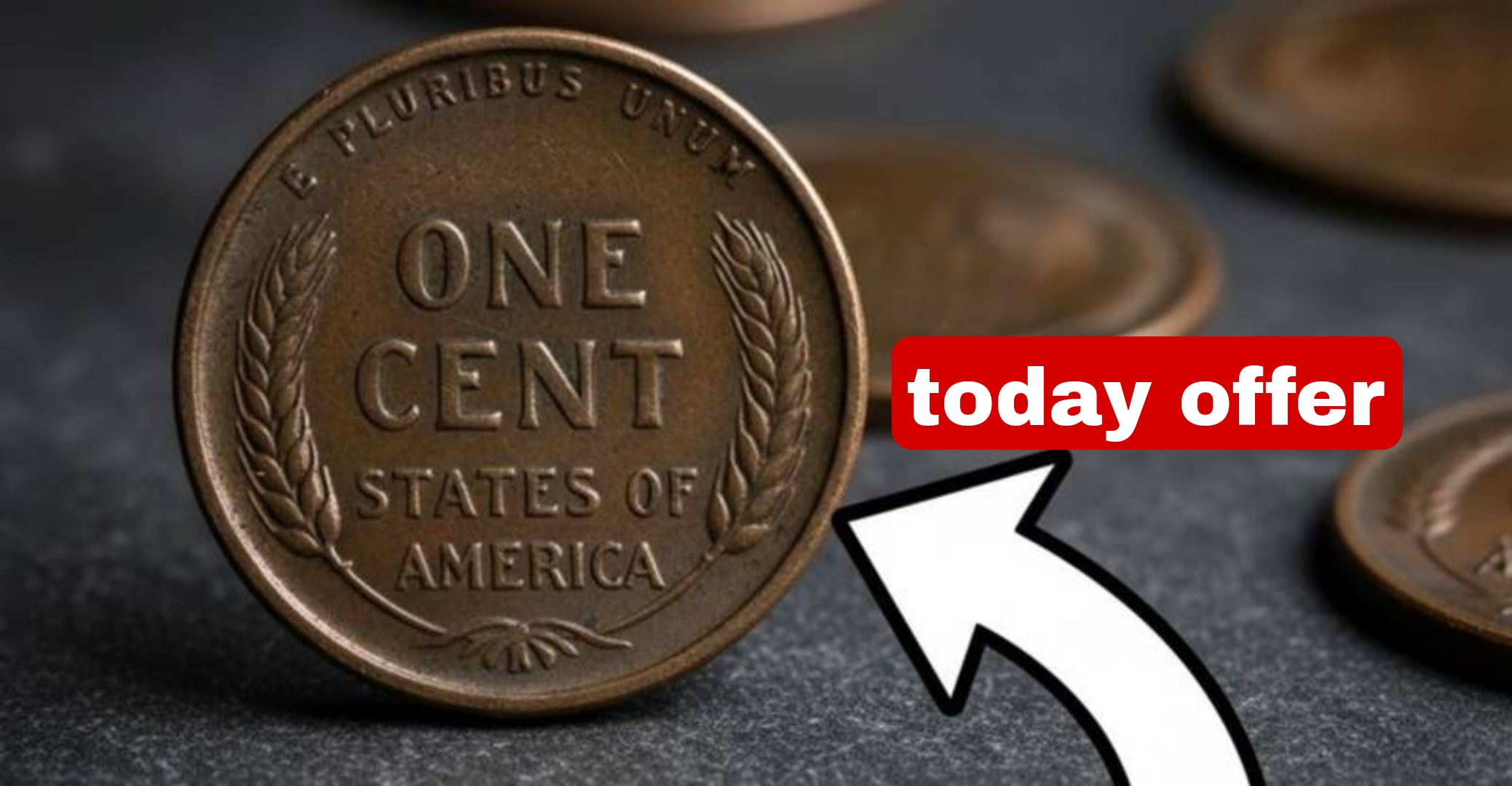You might have a small fortune sitting quietly in your coin jar or tucked away in your wallet. The humble Lincoln Wheat Penny, produced between 1909 and 1958, has become one of the most collectible U.S. coins — and some rare versions can fetch over $10,000 today. Here’s what makes these coins so special, how to spot one, and which years to look out for.
The History of the Lincoln Wheat Penny
The Lincoln Wheat Penny, also known as the “Wheat Cent,” was introduced in 1909 to commemorate the 100th anniversary of Abraham Lincoln’s birth. Designed by Victor David Brenner, it features Lincoln’s portrait on the front and two wheat stalks on the back, symbolizing prosperity. The design lasted until 1958, when the Lincoln Memorial penny replaced it in 1959.
While billions were minted, a handful contain minting errors or were struck in smaller quantities — and those are the ones collectors hunt for.
Why Some Wheat Pennies Are Worth Thousands
A combination of low mintage, rare minting errors, and exceptional condition can make a penny worth thousands. Coins that have survived decades without scratches, discoloration, or wear (known as “uncirculated” condition) are especially valuable.
The Lincoln Wheat Pennies Worth $10,000 or More
Here are some of the rarest and most valuable examples you should keep an eye out for:
1. 1909-S VDB Penny
This is one of the most famous U.S. coins ever produced. It was struck in San Francisco (“S” mint mark) and includes the initials of the designer, “VDB,” at the bottom of the reverse side. Only 484,000 were made, making it extremely rare. In excellent condition, it can sell for $1,000 to over $10,000 — and sometimes more.
2. 1914-D Wheat Penny
Minted in Denver, this coin had a low production run of just 1.2 million. Because so few survived in good condition, collectors are willing to pay $5,000 to $15,000 for pristine examples.
3. 1922 No D Penny
Due to a striking error at the Denver Mint, some 1922 pennies were produced without the “D” mint mark. These coins are highly sought after, especially in fine condition, and can bring in $10,000 or more.
4. 1931-S Penny
The San Francisco Mint struck only 866,000 of these coins — one of the lowest mintages for any wheat penny. High-grade versions can sell for $100 to $8,000 depending on their condition.
5. 1955 Double Die Penny
Perhaps the most famous mint error in U.S. history, this penny features clearly doubled lettering in “LIBERTY” and the date “1955.” It’s instantly recognizable to the naked eye, and examples in top condition can sell for $5,000 to $20,000.
How to Spot a Valuable Wheat Penny
- Check the Date and Mint Mark – Look just below the year for letters like “S” (San Francisco) or “D” (Denver). Coins from these mints often have lower mintages.
- Look for Errors – Doubling, missing letters, or faint mint marks can indicate valuable minting mistakes.
- Inspect the Condition – Clean, sharp, and uncirculated coins are far more valuable than worn ones.
- Avoid Cleaning Your Coin – Cleaning can reduce its value drastically; collectors prefer natural surfaces.
- Get It Professionally Appraised – If your penny looks unusual or rare, have it authenticated by experts at PCGS or NGC.
A Treasure in Your Pocket Change
While most Lincoln Wheat Pennies are worth only a few cents, some can turn out to be hidden treasures worth thousands. Finding a rare penny isn’t just luck — it’s a reminder that history can still be found in everyday life.
Before you spend your change, take a moment to check those old pennies. The next one you find could be a $10,000 collector’s dream.
